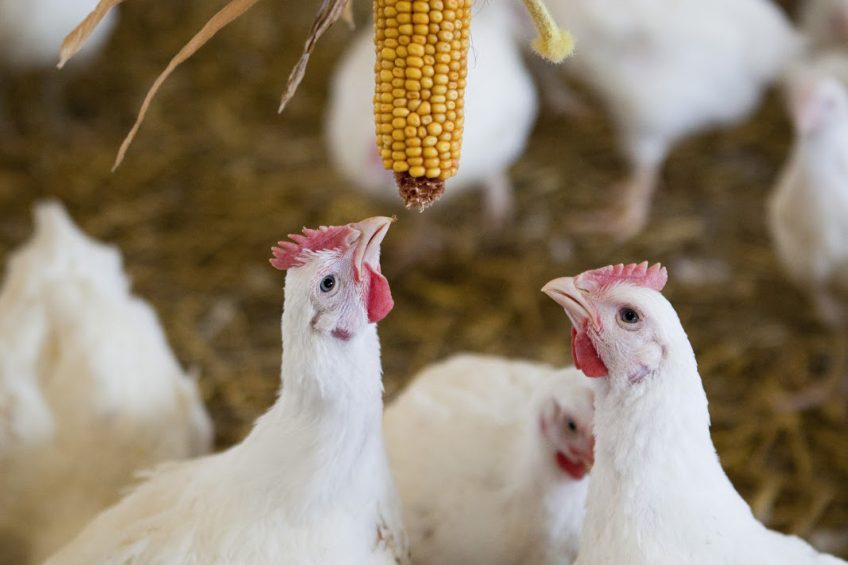Marks & Spencer to switch to slower-growing broilers

Marks & Spencer has committed to switching all chicken in its supply chain to slower-growing breeds by 2026, as well as stocking birds at no more than 30kg/sq m.
The retailer has signed up to a set of standards outlined by a pan-European group of animal welfare charities that are targeting the supply chain with one voice.
The group, which includes the RSPCA, The Humane League and World Animal Protection in the UK, is asking businesses that they interact with to make changes to breed specifications by 2026.
Call for natural light for poultry
They are also asking to ensure natural light is offered, that birds are stocked at no more than 30kg/sq m, as well as affording broilers perching space. Thinning is discouraged, with no more than one thin for each crop permitted.
Commercial viability of reducing stocking densities
Marks & Spencer’s head of agriculture, Steve McLean, said the retailer’s premium Oakham chicken already met most of the outlined conditions. But trials would now begin to determine the commercial viability of reducing stocking densities to 30kg/sq m and switching to slower-growing breeds for all chicken in its supply chain.
Poultry varieties currently accepted
The strains currently accepted by the ask group include the Hubbard JA757, 787, 957, or 987, Rambler Ranger, Ranger Classic, and Ranger Gold, and any other that meets the criteria of the RSPCA Broiler Breed Welfare Assessment Protocol.
“It will be a long, challenging road to 2026 and I expect a few bumps on the way. But I know that it is a journey worth making and I look forward to working with the welfare charities and our suppliers to deliver great quality chicken products for our customers, now and in the future,” he added.
The RSPCA’s Sophie Elwes said: “This move by M&S is a giant leap in the right direction for chickens and consumers, and we commend their decision to kickstart this movement and lead the field.”













